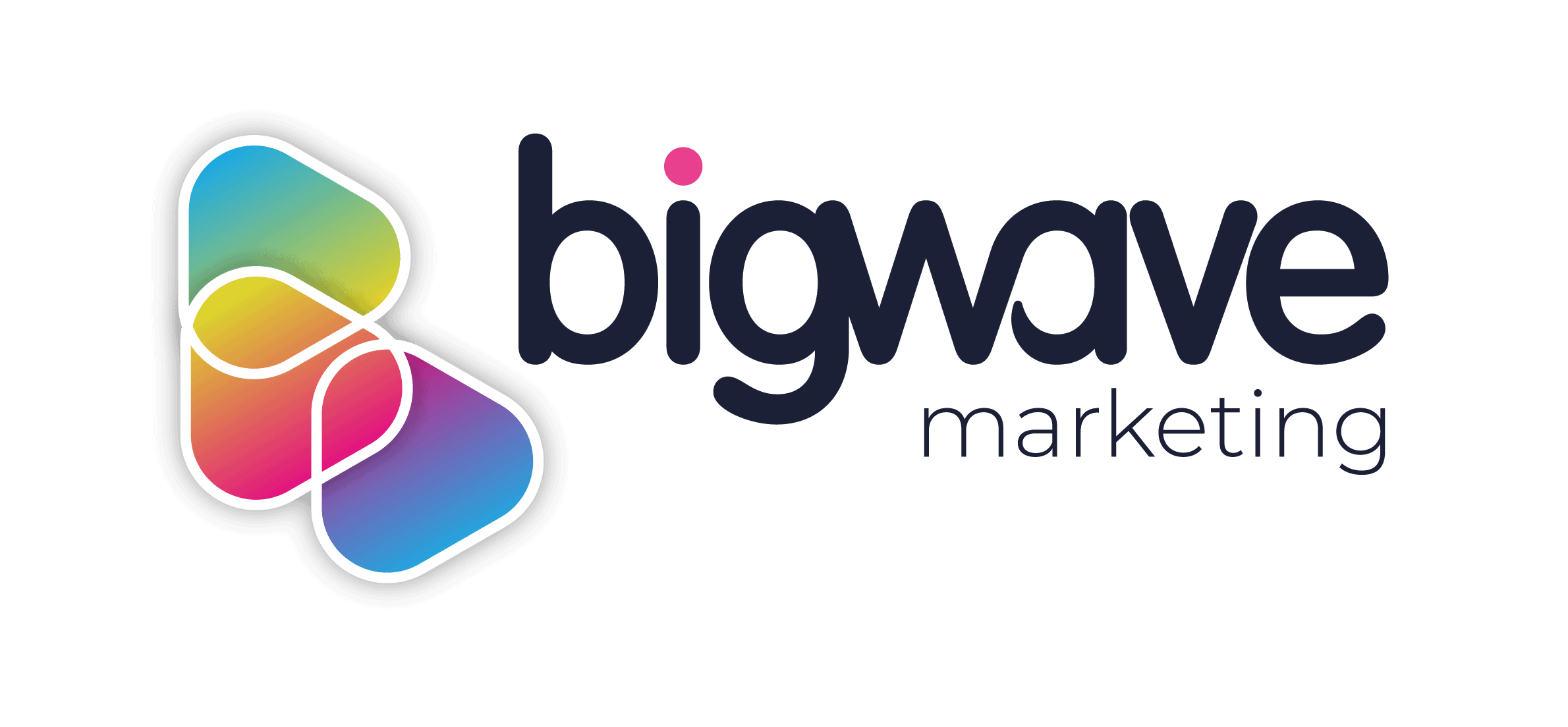Emotional design is a concept that has been gaining traction in user experience design. It adds emotional elements to the overall experience of using a product or service, making it more enjoyable and engaging. By focusing on emotional triggers and habit formation, emotion design can help create an emotional connection with users while increasing user engagement.
By understanding how emotional reactions work and incorporating them into the design process, designers can use emotional design tactics to create experiences that are both enjoyable and meaningful for users.
Creating an emotional connection with users through emotional design helps increase user engagement by making them feel more invested in the product. By providing emotional satisfaction and giving users a sense of purpose, emotion design can turn passive users into loyal customers who will engage with the product over time.
If you’re unsure where to start, check out our emotional design tactic so you can be well on your way to providing an engaging, relatable and meaningful experience that’ll retain loyalty.
1. Adding Visual Cues That Evoke Emotional Responses
Visual cues could include adding images or videos that invoke emotional responses in users, such as nostalgia or joy. These visuals help create an emotional connection with the user and make them more likely to engage with the product.
2. Select Colours for Maximum Impact
Colours can have a greater emotional impact than words, so selecting colours that evoke a certain emotion can be powerful in terms of user engagement. Red may signify urgency while blue may suggest trustworthiness, giving users a subconscious emotional reaction when interacting with the product.
3. Create Positive Feedback Loops
Positive feedback loops encourage users to stay engaged by providing rewards for their actions. This could include offering points or discounts for continued use and creating an incentive for users to come back and use the product over time.
4. Offer Rewards for User Actions
Rewards can be used to incentivize user engagement. This could include offering discounts or free trials when users reach certain milestones, encouraging them to engage with the product more often.
5. Optimise for Accessibility
Accessibility is not only important from an ethical standpoint but also helps foster emotional engagement with users by creating an inclusive environment where everyone feels welcome regardless of disability status.
6. Include Meaningful & Relatable Content
Adding emotional elements to your content can make it more engaging for users. For example, including stories or anecdotes with emotional resonance can help capture user attention and encourage them to stay longer on your website.
7. Make Use of Micro-Interactions
Micro-interactions are small UI animations that improve the user experience by providing feedback after a certain action has been taken. They can also add an emotional layer by providing delight and surprise when interacting with a product or service.
8. Focus on Sound Effects
Sound is another powerful emotional tool that can help capture user attention and reinforce branding elements. Think about how you could use audio cues to add depth to the user experience and evoke emotion through soundscapes or voice-overs. Even subtle sound effects like bells ringing or animations playing can heighten emotional engagement with users.
9. Make Use of Motion Graphics
Motion graphics are a great way to add emotional elements to your user experience. Using animation and video can have a powerful emotional impact on users and draw them further into the product or service. Visual motion also helps increase engagement with users, as they are more likely to watch videos than read large chunks of text.
10. Think of the Target Audience and What They’re Interested In
When creating an emotive design, it’s important to consider the target audience and what they are interested in. By understanding user needs and preferences, you can create an emotional connection with them through content that resonates with their interests and values.
By putting the user first, emotional design helps foster a bond between the user and the product or service, leading to deeper levels of engagement and satisfaction. By understanding emotional triggers and using emotional design tactics, designers can create user experiences that are truly engaging and meaningful for the user.
To find out more about how you can elevate user engagement using emotional design tactics, our expert designers can help. So, why not contact us today?
Or visit our Design Rush Profile

